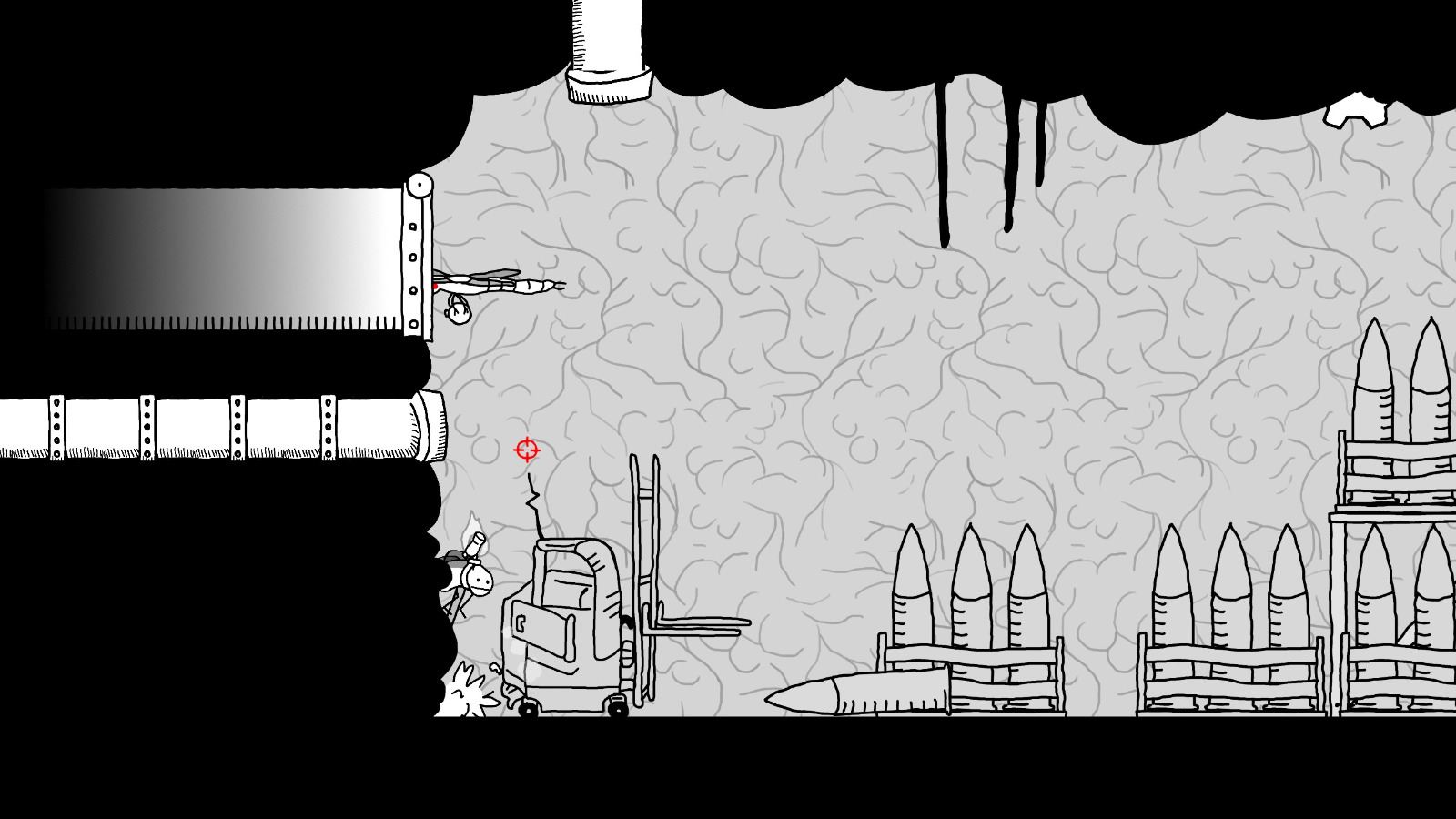
The mucosa also makes mucus to help the stool move with ease through the colon and rectum. The mucosa is responsible for absorbing the water from the liquid waste and some nutrients.
#Birdgut colon series
The lining of the colon is actually a series of layers that consist of inner linings (mucosa and submucosa), a thick layer of muscle (muscularis propria), and outer layer (serosa). Once the stool reaches the sigmoid colon, it is in solid form and stored until emptied into the rectum for a bowel movement one to two times daily The average time it takes feces or stool to get through the colon is 24-36 hours. The ascending and transverse sections of the colon have beneficial bacteria that help to break down food into smaller pieces. As the stool moves through the colon, water and salts are absorbed into the intestinal wall. Stool passes through the colon from a liquid to solid state due to peristalsis – wave-like muscular contractions of the gastrointestinal tract. Stool is the waste left over from the process of digestion after it passes through the small intestine.

#Birdgut colon free
The bee takes it upon itself to destroy the massive bird from the inside out, and free all the enslaved critters within.Step by step, what happens during a colonoscopy

Inside the bird, all of the bugs that it eats are brainwashed and put to work in fantastical, mechanical factories that exist in the place of its organs, except for the outcast bee, whose very disability prevents them from being brainwashed.

That is, until a bird attacks and eats it.īut that's only the beginning. Born different from the others, the bee is exiled from the hive and forced to survive the world on its own. About This Game BirdGut is a hand-drawn 2d puzzle-platformer set inside the internal organs of a bird.Ī bee hatches in the hive, but something's wrong.


 0 kommentar(er)
0 kommentar(er)
